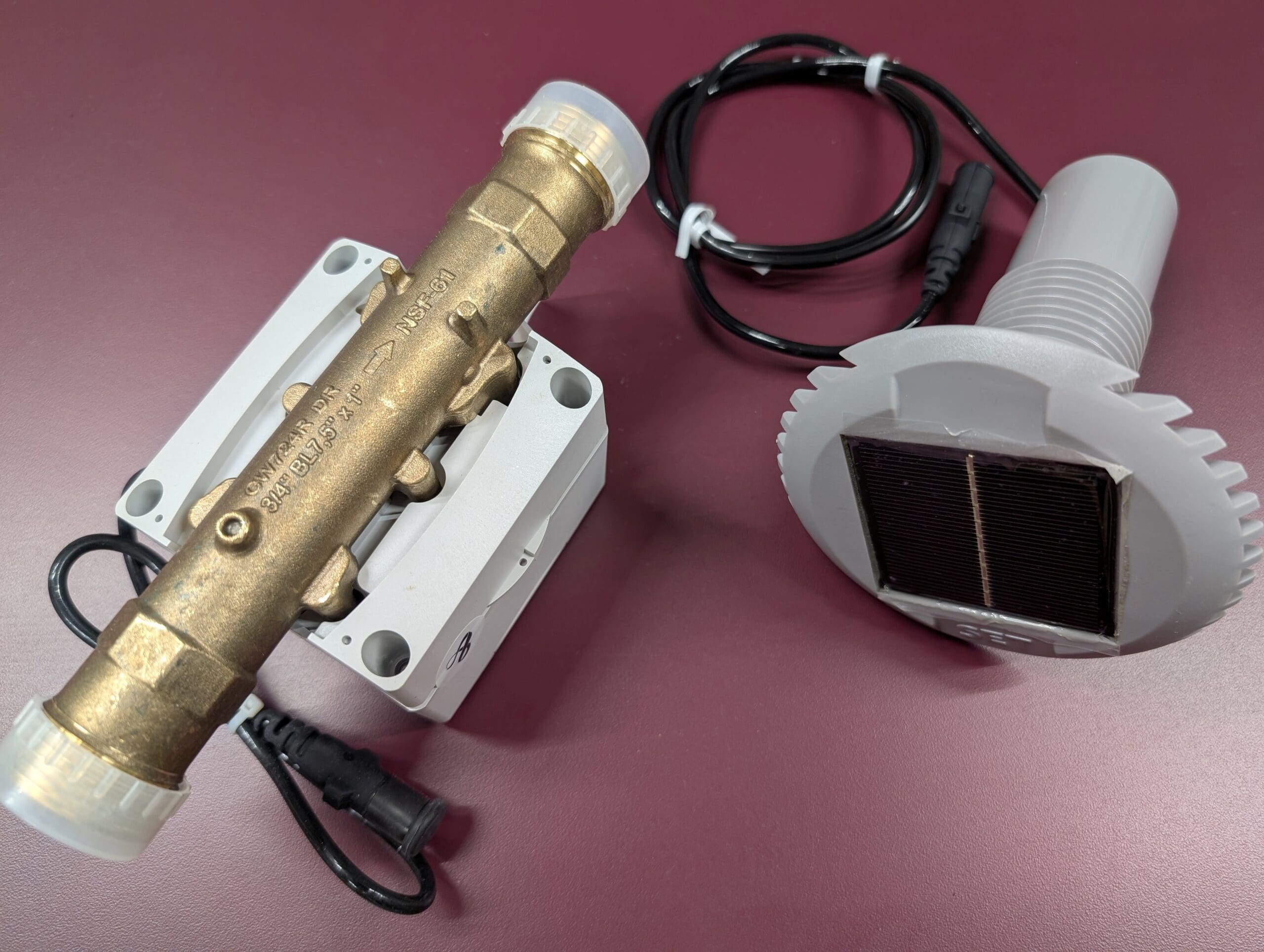In East Texas’ Trinity County — home to over 14,500 residents — the Pennington Water Supply Corporation (WSC) is undertaking a major system upgrade to better serve its rural customers. With more than 1,000 active connections across a vast service area, including stretches through the national forest, the utility is embracing new technology to tackle aging infrastructure and accommodate community growth.
At the heart of the project is the replacement of outdated water meters — some over 25 years old — with 1,100 Advanced Metering Infrastructure (AMI) smart meters that offer cellular remote-read capabilities. The goal: improve water tracking, boost operational efficiency, and reduce water loss. The total cost of the initiative is just under $580,000. Pennington WSC is covering more than $378,000 from its own reserves, while a $200,000 low-interest loan from Communities Unlimited (CU) helped close the funding gap.

Pennington first connected with CU through Community Environmental Management Advisor Jessica Hester from the Community Infrastructure Team, who had previously assisted Trinity County with disaster relief. The relationship deepened as Pennington worked with Hester and CU’s Lending Team to navigate funding opportunities, including Federal Emergency Management Agency (FEMA) reimbursements and long-term planning support. CU Senior Economic Development Loan Officer Chris Ranniger helped finalize the financing for the smart meter project, which is already in progress.
Installation is scheduled over 11 months, with about 100 meters going in each month. Pennington’s longtime water operator, Tod English, said the loan helped the utility avoid borrowing at a higher interest rate, stabilized their cash flow, and enabled them to move forward with additional projects.
One such project involves replacing two miles of waterline with six-inch C900 pipe — a $140,000 investment the utility had already made. This new loop in the distribution system will help maintain pressure and allow emergency responders, like fire crews, to access water without stressing the rest of the network.
With over 160 miles of main line (excluding service lines), Pennington serves a widely dispersed rural population. English emphasized that the new meters are key to addressing water loss across this extensive infrastructure. To aid this effort, master meters have been installed at each well and integrated into the AMI system. The system is divided into five pressure zones, allowing for daily tracking of usage and pinpointing of leaks or inefficiencies.
“This way, we’re not using as much energy pumping or pulling more water from the aquifer than we need,” English said. “We’re trying to increase our profits — not by raising rates — but by getting more accurate readings.”
The switch from Positive Displacement Automatic (PDA) meters to newer sonic-read technology means even low-flow usage will now be captured. The improved accuracy is expected to help the utility generate more revenue while keeping customer rates stable.
During the planning process, five companies made presentations to the utility, each projecting a potential revenue increase of 10% to 15% from more accurate meter readings alone.
Pennington’s customer base has steadily increased over the years — from about 400 meters to more than 1,050 today — with growth accelerating since the COVID-19 pandemic. As older residents pass away, many of their family members are selling large rural plots, which are then subdivided and developed. English said it’s now common to see new homes going up where pasture once stood.
“This area is growing,” he said. “Before, we were doing about five new meters a year. Now it’s closer to 60.”
Pennington has also taken steps to support neighboring communities, including providing emergency water to systems like Groveton when outages occur. The growth and increased responsibility have led the utility to drill a new well after approaching 85% of capacity.
CU has remained a vital partner throughout this journey, assisting with financial strategy, emergency planning, and long-range system management. Office Manager Karen Leonard has worked closely with Hester to complete FEMA paperwork, organize funding applications, and conduct rate and emergency studies.
Looking back on the process, English said the experience working with CU has been seamless.
“I think this went completely smooth, and y’all deserve a lot of credit for that."
— Tod English, Water Operator at Pennington WSC
With new meters already going in and long-term plans in motion, Pennington WSC is future-proofing its infrastructure — one smart investment at a time.

